| Car Albums | |||||
| Makers | |||||
| Models | |||||
| Leyland Vehicles | |||||
| Full menu functions for the buttons above are only available if you ALLOW BLOCKED CONTENT. My menu scripts provide drop-down menus that have been tested with the latest Mozilla browsers. If the scripts do not run, limited navigation is given by these buttons | |||||
Leyland Bus A petrol-engined vehicle went into production in 1904 and in 1905 a Leyland bus was sold to London. In 1907 the name Leyland Motors Limited was given to the business. Sales grew, and after military contracts were won in 1912 and the First World War took almost 6000 vehicles. After the First World war, Leyland's business with both trucks and buses boomed, and innovation helped this along. In 1922 Leyland introduced the SG range of buses which placed the engine beside the driver, thus maximising space within the vehicle after the government imposed length restrictions. Leyland chassis were commonly given to both buses and lorries until 1925 when Leyland introduced its Leviathan bus chassis. Titan and Tiger buses were introduced in 1927 at last with pneumatic tyres after weight-saving construction in the bodies. There was even a six-wheeled Titanic which was allowed greater length. In 1933 Leyland introduced diesel engines to its buses and they quickly took over on all models. Timber-framed coachwork was replaced by all metal construction from 1934. After the war there was a healthy market for buses and some size regulations were relaxed allowing longer and wider buses. In 1950 Leyland produced the Olympic, its first bus with an underfloor engine. The Leyland Atlantean was launched in 1958 with its rear-mounted engine giving more passenger space and permitting driver-only operation. After various takeovers and mergers, the British Leyland Motor Corporation was formed in 1968 and out of this came the Leyland National bus in 1972. Further company turmoil followed with a split in the company between the bus business and the commercial vehicle business, a management buyout, and finally a sale to Volvo in 1988. |
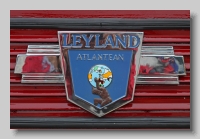
|
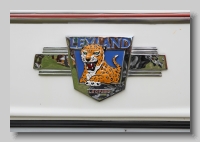
|
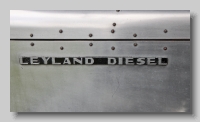
|
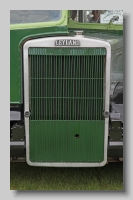
|
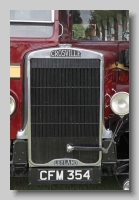
|
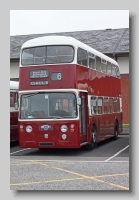
|
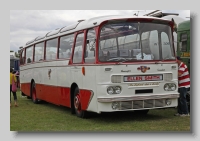
|
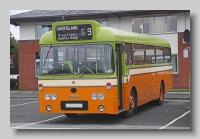
|
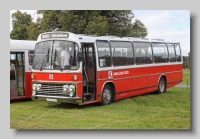
|
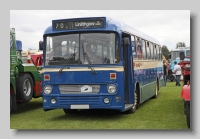
|
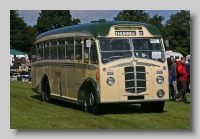
|
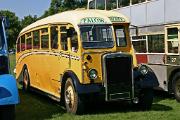
|
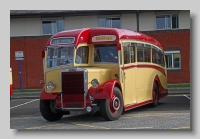
|
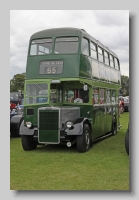
|
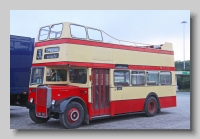
|
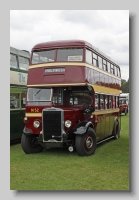
|
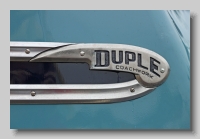
Duple Motor Bodies Ltd
|
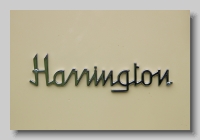
Thomas Harrington Coachbuilders
|
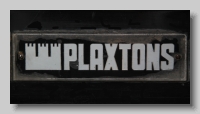
Plaxton
|
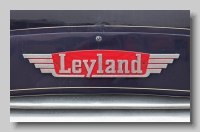
Leyland Vehicles
|
| British Vehicles | Simon Cars | ||||
Images created by Simon GP Geoghegan Email Simon